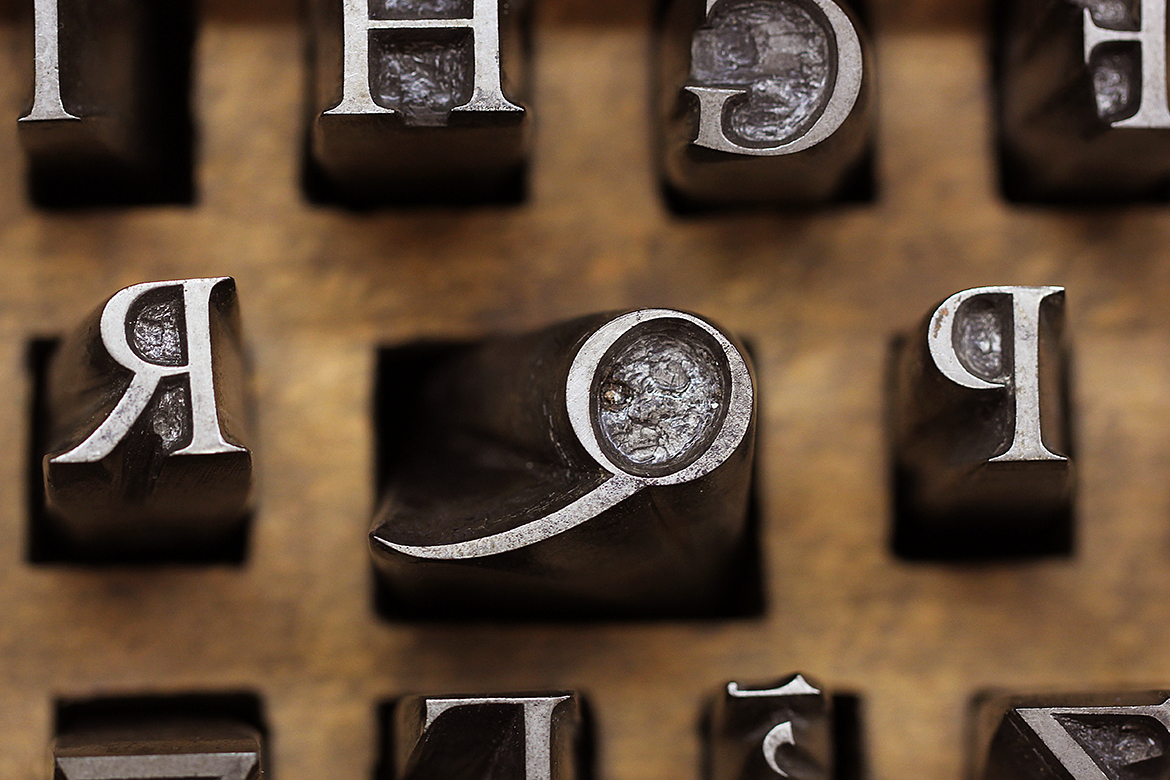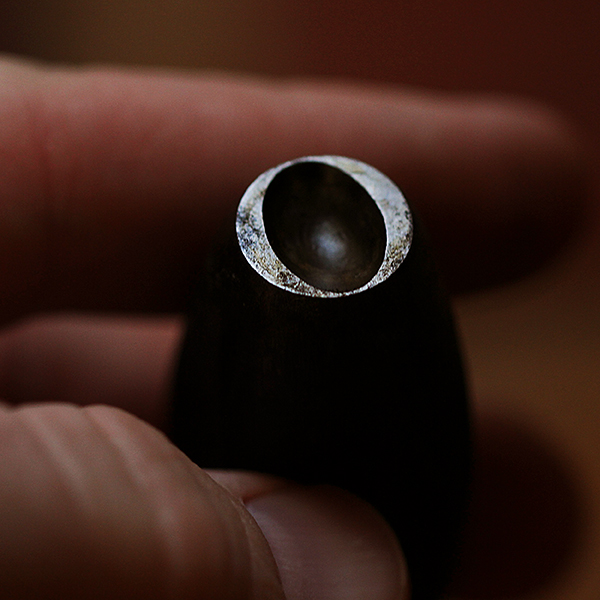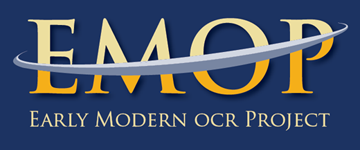Historical Typemaking and its Artifacts
In late 2013, Todd Samuelson traveled to Europe in search of typographical specimens for the eMOP initiative. In a series of dispatches, he will highlight his findings and discuss the significance of historical research in the development of the project.

The immediate challenge in researching historical typography is the lack of material to study. While a wide range of books printed with early types are readily available for examination, the majority of other evidence from the period has been dispersed or has simply disappeared. Whether archival (such as financial ledgers or the correspondence between punchcutters, typefounders, and printers) or artifactual (such as the punches, matrices, and handmoulds used to cast the type – or even cases of used type), the material is scarce and scattered.

While the original material used to create the type we see in the books and printed documents of the hand press period is in short supply, there are certain museums and libraries which contain remarkable holdings demonstrating the processes of type creation and use from the sixteenth to the eighteenth centuries. Generally, these are institutions with origins as historical print shops, which have been able to maintain control of their archives over time. It was common for used type to be melted for type metal and recast, or sold to printers in smaller markets, just as steel punches or copper matrices bearing unfashionable designs were valued only for the materials from which they were fashioned. Printed documents, such as the specimen sheets used by typefounders and printers to publicize their typographical versatility, were used until worn to tatters, or were discarded. Some printing houses, however, guarded their histories and their interactions with colleagues and competitors fiercely, and the vaults containing this material – from a handful of the most auspicious printers in Europe – remain available to scholars.

In November 2013, I traveled to England, Belgium, and the Netherlands for two weeks to gather information and images for eMOP. My mission was to explore the typographical evidence in these institutions, with particular focus upon specimen sheets (in the hope that this evidence, and the photographic detail I could bring back, would help in our identification of significant typefaces and our efforts to trace their circulation and importation into England). I also sought interaction with the remaining artifacts used to produce the type, much of it coming from the hands of the great early type designers (the sixteenth-century French masters like Claude Garamont and Robert Granjon, Dutch practitioners like Hendrik van den Keere or J. M. Fleischman, and ultimately the influential English typemaker William Caslon).
Over the next weeks, I will be posting accounts of my travels, detailing the institutions I visited and some of the highlights they contain.

